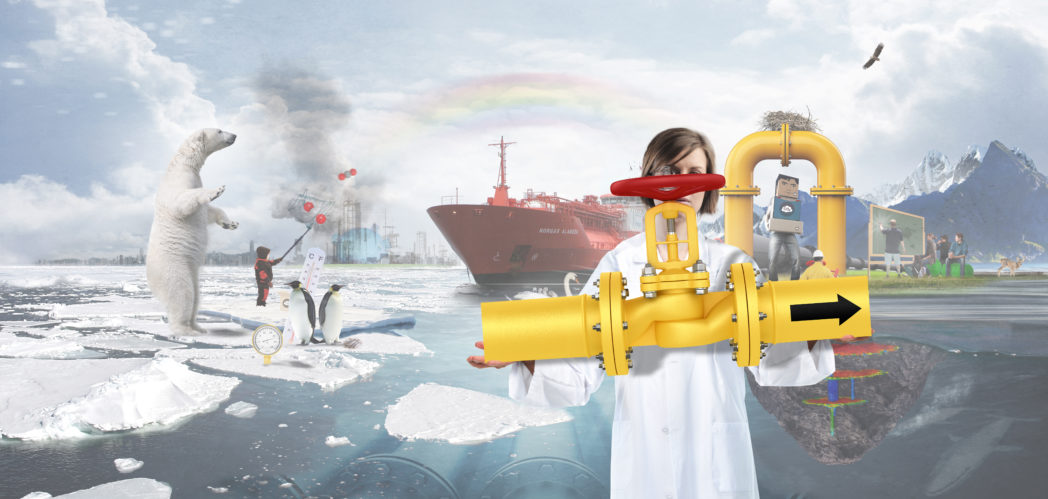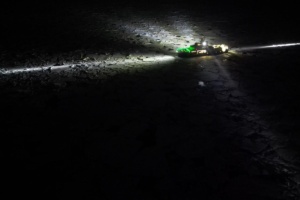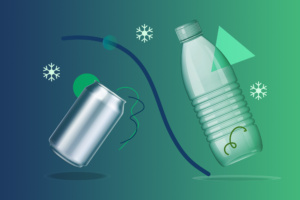As we wrote some time ago, the International Energy Agency, IEA, considers CO2 capture and storage (CCS) to be one of the most important ways to reduce the global CO2 emissions, such that the global warming may be limited to 2°C.
This means that in the future, we must transport large quantities of CO2 from the capture plants to the sites where CO2 is stored underground. A large part of this transport will be carried out using pipelines.
The engineers who are constructing and operating such pipeline systems, will ask various questions, such as:
- If a part of the pipeline is depressurized (i.e., it is emptied), e.g., because of maintenance, how cold will it get? Some materials become brittle at low temperatures.
- How should the pipeline be designed and operated to avoid the risk that a possible leak develops into a running fracture?
- What happens in the pipeline when powerstation X shuts down after people have made their morning coffee?
- Will the CO2 in the pipe be a liquid (“easy”) or a gas-liquid mixture (“difficult”)?
- How much CO2 flows in the pipe (with respect to e.g. taxation)?
- How large pumps or compressors are needed, and how much will the pressure drop along the pipeline?
To answer such questions, we use modelling tools. In this respect, a model is a set of mathematical equations describing a more or less simplified view of reality. When we are to describe the flow of a gas-liquid mixture of CO2 with impurities, even a “simplified view” will be rather complicated. The equations must be solved by specialized methods using computers.
Developing new models to describe CO2 flow in pipes
Today there are good modelling tools describing e.g. the flow of oil and natural gas in pipes. CO2, however, behaves in a different way. For example, solid CO2 (dry ice) is formed at a pressure of five bars. Therefore, we must develop models accounting for that. To achieve this, we must work both on the model equations and the methods we use to solve them. We also need experiments designed and carried out in a smart way, such that they help us improving the models.
In an article appearing in the June edition of the International Journal of Greenhouse Gas Control, we took one step towards good modelling tools for CO2 transport. (The interested reader not having access to the journal may read our preprint.)
Obtained good agreement
We presented models and methods developed in the CO2 Dynamics project, with support from the Research Council of Norway, Gassco, Statoil og Vattenfall. We considered some of the few published experimental data useful for developing CO2-transport models, and we compared our model predictions with the data. The experiments were carried out by filling a pipe with CO2 and some other substances (which will typically happen in CO2-capture plants). The pipe was opened in one end, while temperature and pressure were measured at different points in the pipe. We obtained good agreement for the pressure, and fair agreement for the temperature.
To achieve even better results, we need to go more into details both regarding model equations and experiments – and this we intend to do in the coming years.









Comments
No comments yet. Be the first to comment!